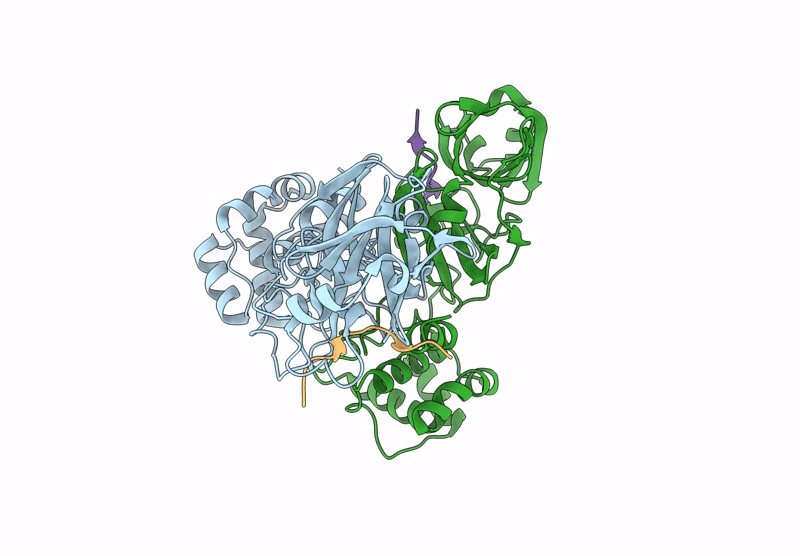
Deposition Date
2024-04-08
Release Date
2025-02-12
Last Version Date
2025-02-12
Entry Detail
PDB ID:
9EXU
Keywords:
Title:
Complex of a mutant of the SARS-CoV-2 main protease Mpro with the nsp4/5 substrate peptide (cocrystallization).
Biological Source:
Source Organism:
Host Organism:
Method Details:
Experimental Method:
Resolution:
1.78 Å
R-Value Free:
0.20
R-Value Work:
0.17
R-Value Observed:
0.18
Space Group:
P 1


